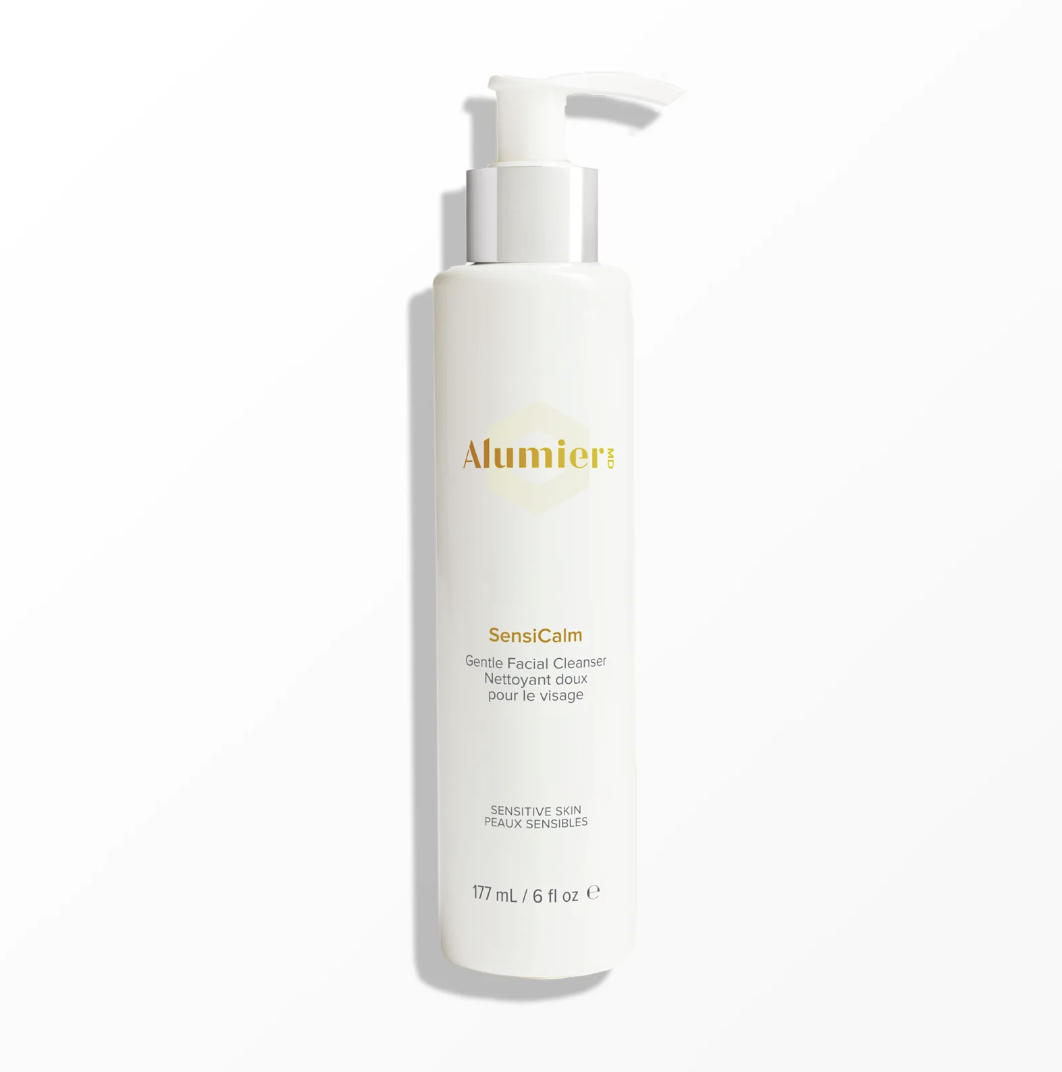
Laser Skin Resurfacing in Toronto
Renew and Revitalize Your Skin with Advanced Laser Resurfacing:
Transform Your Skin with Expert Care at Emerald Skin Lab
Proven Results
Laser resurfacing uses focused laser light to treat skin imperfections, improve skin texture, and promote collagen production. It’s a popular treatment for those looking to address wrinkles, acne scars, sun damage, hyperpigmentation, and uneven skin tone.
Before
After
Treatment & Technology
Fotona laser skin resurfacing is an advanced, non-invasive treatment designed to rejuvenate and restore your skin's natural beauty. This innovative procedure utilizes cutting-edge laser technology to effectively target imperfections, stimulate collagen production, and promote skin renewal. The result is smoother, tighter, and more radiant skin.
This treatment can be customized to meet individual needs, offering both ablative and non-ablative options or a combination of the two for comprehensive results. Fotona's TwinLight® Fractional Rejuvenation system precisely addresses damaged skin while preserving surrounding healthy tissue. This ensures faster healing and minimal downtime for patients.
Fotona laser skin resurfacing is particularly effective in addressing various skin concerns, including:
Fine lines and wrinkles
Uneven skin texture
Scars and acne marks
Sun damage and pigmentation
Whether you’re seeking a light touch-up or deep skin remodeling, Fotona laser skin resurfacing provides customizable and effective results suitable for all skin types and tones. Embrace the opportunity to restore your skin's vitality and confidence with this state-of-the-art treatment.
Take Advantage of This Treatment With Us
Treatable Areas
Laser skin resurfacing can be safely and effectively applied to the face, neck, chest, body, and hands to address a variety of skin concerns, including uneven texture, pigmentation issues, and signs of aging. This versatile treatment option is designed to rejuvenate the skin and promote a healthier, more radiant appearance.
What to Expect
-
To determine if Fotona4D is right for you, a personalized assessment is essential. This assessment evaluates your skin type, concerns, and aesthetic goals, allowing our skilled professionals to tailor a treatment plan that suits your individual needs. Whether you're looking to reduce fine lines, improve texture, or enhance overall radiance, we will guide you through the process to achieve optimal results. Schedule your consultation today to explore the transformative potential of Fotona4D.
-
Before your treatment, your specialist will review all the details with you, answer any questions, and obtain your consent. Once everything is confirmed, they will capture photos to document your starting point and track your progress..
-
Avoid Sun Exposure: Limit sun exposure and tanning for at least 2 weeks prior to treatment.
Discontinue Irritants: Stop using retinol, AHAs, BHAs, and other exfoliating products 5-7 days before treatment.
-
Laser Resurfacing is a 30-60 minute non-invasive laser procedure that causes almost no downtime or discomfort, allowing you to carry on with your daily activities as usual. An immediate freshness and tightness of the face can be seen soon after the treatment, but the full effect unfolds gradually over a period of 2-3 months. One can expect continuing improvement for up to six months after treatment.
Sun Protection: Avoid sun exposure for 2 weeks. Use SPF 30+ sunscreen.
Gentle Care: Use mild cleanser, hydrating moisturizer, and avoid picking or scratching peeling skin.
Hydration: Use non-comedogenic products.
Rest: Avoid sweating or strenuous activities for a week.
Follow-Up: Emerald Skin Lab’s laser resurfacing is a skin maintenance treatment. Collagen production continues to improve for up to 6 months after the procedure. For optimal results, may require follow-up sessions every 6 months to a year.
Pregnant or Breastfeeding Women: Treatment should be postponed during pregnancy or breastfeeding. Extra caution is advised for individuals with very sensitive skin or darker skin tones (Types V and VI).
Follow-Up and Maintainance
Contraindications
See if this treatment is right for you.
Online Store
FAQs
-
Ablative Laser Resurfacing (CO2, Er:YAG) results can last 3-5 years or more, with maintenance required to preserve the results.
Non-Ablative Laser Resurfacing (Fractional CO2, Fractional Er:YAG, Nd:YAG) results typically last 1-3 years, but require ongoing treatments for sustained improvement.
Sun protection, a healthy lifestyle, and good skincare are crucial to maintaining the effects of the procedure for as long as possible.
-
Yes, laser resurfacing can be highly beneficial for improving the texture, tone, and appearance of your skin, especially for those dealing with wrinkles, scarring, sun damage, or uneven skin tone. The treatment stimulates collagen production, leading to firmer, smoother, and more youthful-looking skin.
-
Laser resurfacing is suitable for a wide range of people, particularly those who want to address common skin issues such as:
Fine lines and wrinkles.
Sun damage (e.g., sun spots, age spots).
Uneven skin tone (e.g., redness, pigmentation issues).
Acne scars or textural scars.
Enlarged pores.
-
Ablative lasers (CO2, Er:YAG) are more painful due to the deeper skin resurfacing they perform. While numbing agents and sedatives help manage discomfort during the treatment, post-treatment pain can range from moderate to severe in the days following the procedure.
Non-ablative lasers (Fractional CO2, Nd:YAG) are much less painful and generally have mild discomfort during and after the treatment.
The overall pain experienced can vary based on individual pain tolerance and treatment intensity, but the procedure is generally well-tolerated with proper preparation, pain management, and aftercare.
Pain Management During the Procedure:
To minimize discomfort during the procedure, the following techniques are typically used:
Topical Numbing Cream: Applied to the skin about 30 minutes before treatment to numb the area and reduce pain.
Local Anesthesia: For more invasive procedures, particularly ablative lasers, a local anesthetic (usually an injection) may be used to completely numb the treatment area.
Sedation: For highly sensitive individuals or aggressive treatments, some patients opt for oral sedatives or a mild IV sedative to relax and numb the body further.






